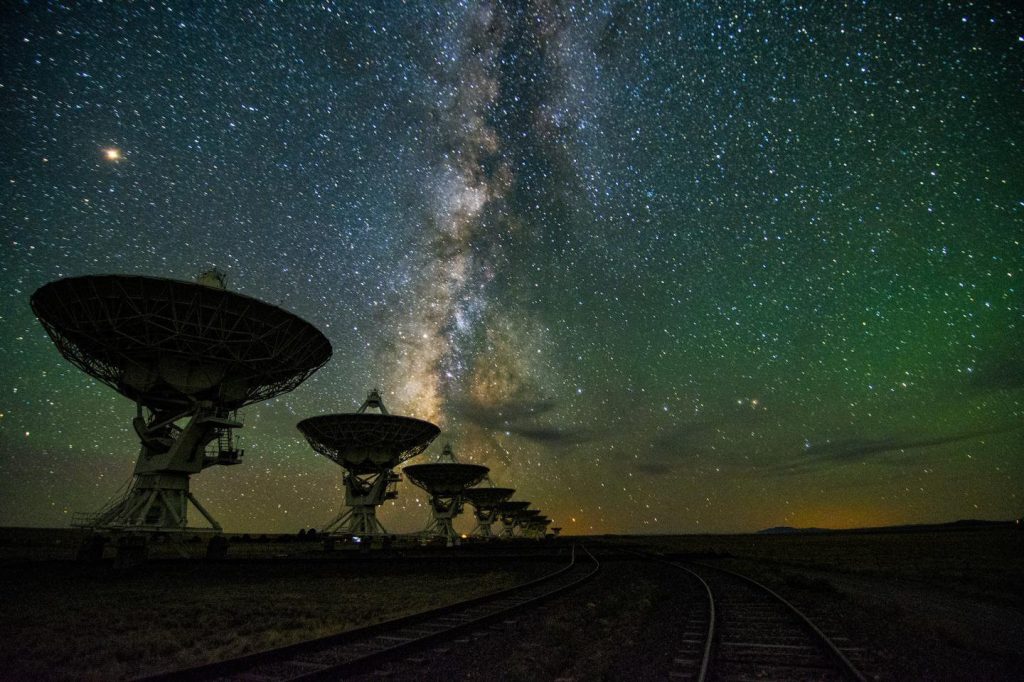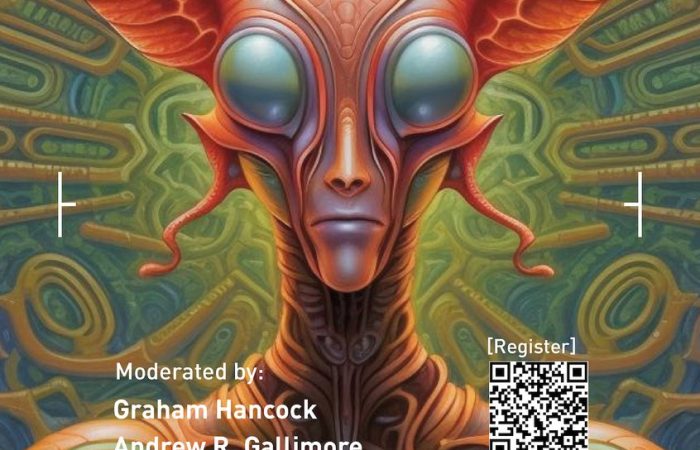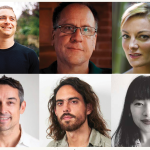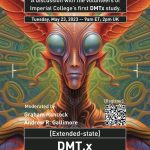Scientific Exploration of DMT & Entity Encounters
by Michael Harris
Whether it be historic discussions with the late Terence McKenna, to trip reports on Erowid and Reddit, there is a growing consensus that the subjective effects of DMT experiences regularly involve encounters with seemingly intelligible entities. Usage of the term “entities” here is actually a very broad generalization that encompasses a large range of unique experiences users document following their DMT experiences. So, what is currently known about the DMT entities?
Although a variety of entity experiences involving DMT have been cited for many years now, primarily through the revolutionary work of Dr. Rick Strassman, only more recently have a handful of other researchers begun attempts to further categorize the myriad experiences reported by users. In 2016, Dr. Jennifer Lyke gave a novel presentation at the Society for Scientific Exploration Conference in Boulder, Colorado, discussing the findings of her research project focused on the types of interactions individuals had documented with such “other-worldly” entities (Society for Scientific Exploration, 2019). You can find the video here: Dr. Jennifer Lyke: Not Everyone Gets Machine Elves.
Within her presentation, Dr. Lyke explains that at the time, there had never been any rigorous evaluations of some of the reports and statements offered in years prior by the late ethnobotanist and psychedelic figurehead, Terence McKenna. Quoted from her presentation, “there’s no systematic way to determine what kinds of entities people who use DMT encounter” (Society for Scientific Exploration, 2019). Thus, her work began in compiling just under 150 (N= 149) different DMT reports freely accessible through Erowid.org.
Perhaps most importantly within her analysis, were various categorizations created for both the types of entities and types of interactions users reported. Respondents most commonly reported interactions with: “undefined entities” (29%) and “humanoid” figures (22%); although other entity encounters, such as “divine beings” (10%), “aliens (8%)”, and “elves/fairies” (7%) were also listed (Society for Scientific Exploration, 2019). The remaining quarter of the sample was comprised of interactions with animals, geometric figures, voices, faces, and a miscellaneous category (Society for Scientific Exploration, 2019). While only speculating, a potentially valid point was raised that the large percentage of undefined entities reported may simply represent experiences where full manifestations of the entities had yet to entirely resolve themselves into a percept the user could discern.
In the years following Dr. Lyke’s 2016 presentation, additional coverage of psychedelic medicine and research has only grown. This has led to the development of many new research groups. One of which is the Center for Psychedelic and Consciousness Research at Johns Hopkins School of Medicine. In 2020, researchers of the center published new findings from a survey study of entity encounters following N,N-DMT inhalation. Unlike Dr. Lyke’s analysis, which was compiled from user reports found on Erowid.org, the Hopkins study involved a specific recruitment process that had been posted on a variety of popular online platforms such as Facebook, Reddit, Bluelight, and more (Davis et al., 2020). The recruitment of survey-takers was extensive, yielding tens of thousands of clicks to the link, and a final sample of over 2,500 respondents included within the analyses conducted (Davis et al., 2020).
The Hopkins study involved quantitative analysis of scaled responses, as well as qualitative reviews of some of the open-ended questions where users described their experiences in detail. Notably, visual and telepathic encounters were some of the most highly reported types of experiences (Davis et al., 2020). Also, just like the work of Dr. Lyke, categories for the different entities were established. Some of the most common labels created to describe such interactions involved the terms: “Beings” (60%); “Guide” (43%); “Spirit” (39%); “Alien” (39%); “Helper” (34%) (Davis et al., 2020).
In addition to categorizations established by the study, the researchers were also interested in measuring long-lasting effects the encounters may have had on users. Prior to the encounters, (28%) of respondents identified as atheists and (27%) identified as agnostic (Davis et al., 2020). However, following the experiences, only (10%) identified as atheist and (16%) as agnostic. These large differences represent statistically significant changes in the belief systems of users who had such encounters. Similarly, more than half of respondents listed these experiences as some of the most profound moments of their lives (Davis et al., 2020). There was also a large percentage of respondents (69%), who stated the experience involved receiving some type of personal directive or insight (Davis et al., 2020). These events seem to be providing long-lasting memories that the individual may then carry with them through their lives after the experience is over.
This vast range of different entities and experiences make pinning down the reasoning of such particularly difficult. Science still has a long way to go before possessing the complex theoretical models which may explain associations between ingestion of powerful psychedelic substances and the resulting subjective experience of entity encounters. To complicate matters further, during her 2016 presentation, Dr. Lyke pointed out there were no apparent correlations between entity-type and interaction-type in given reports, meaning that from what we have documented currently, support is lacking for the idea that the experiences represent psychological or visual manifestations of our archetypal behaviors or emotions (Society for Scientific Exploration, 2019). Because we cannot say that manifestation of entities is correlated to our behaviors or temperaments, how someone might then attempt applying the experiences to their daily lives may only leave them with more questions than they had prior to the experience.
Perhaps though, subjective self-improvement is not the only reasoning for such experiences. In a roundabout way, this actually opens the door to the possibility that indeed, the entities people encounter are somehow autonomous from one’s own subjective experience, but only accessible through introspective practice or altered states of consciousness. For this potentiality, much more work on the matter must be conducted in order to understand its relevance.
This need for further analysis of entity encounters is exactly the type of work being proposed by groups like the DMTx project, whereby trained psychonauts are sent into the other-worldly realms with the intention to interact and faithfully document the experiences. The scope of such a project goes far beyond what is established by individual reports of users or even entire groups of people in uncontrolled settings. The ability to establish an objective picture of what is happening in these states involves detailed protocols both for the safety of participating psychonauts, as well as for the meticulous documentation of the experiences to then be scientifically analyzed.
Such projects build empirically upon the prior research where categorizations of entities and experiences have now been established, offering the visual models necessary to allow us to begin navigating these experiences with more intention. Given the advent of modern brain imaging modalities, which can be applied to these altered states, there has never been as exciting a time to raise the question of “are we alone?”. It could be that our entire notion of “other” beings, or even the topic of reality itself is shifted due to discoveries that await research into DMT experiences and the phenomena of entity encounters. For these reasons, it is vital that support for this work be a unilateral effort on the part of all humans who have the resources to assist. Our combined efforts may yield answers not only to the questions of DMT entities but perhaps some of the longest-running philosophical dilemmas that have tempted humanity for millennia.
References:
Society for Scientific Exploration. (2019, June 30). DMT and Entities: Not Everyone Gets Machine Elves | Jennifer A. Lyke [Video]. YouTube. https://www.youtube.com/watch?v=bWTT4778IIQ&t=185s
Davis, A.K., Clifton, J.M., Weaver, E.G., Hurwitz, E.S., Johnson, M.W., & Griffiths, R.R. (2020). Survey of entity encounter experiences occasioned by inhaled N,N-dimethyltryptamine: Phenomenology, interpretation, and enduring effects. Journal of Psychopharmacology, 34(9), 1008-1020. https://doi.org/10.1177%2F0269881120916143
